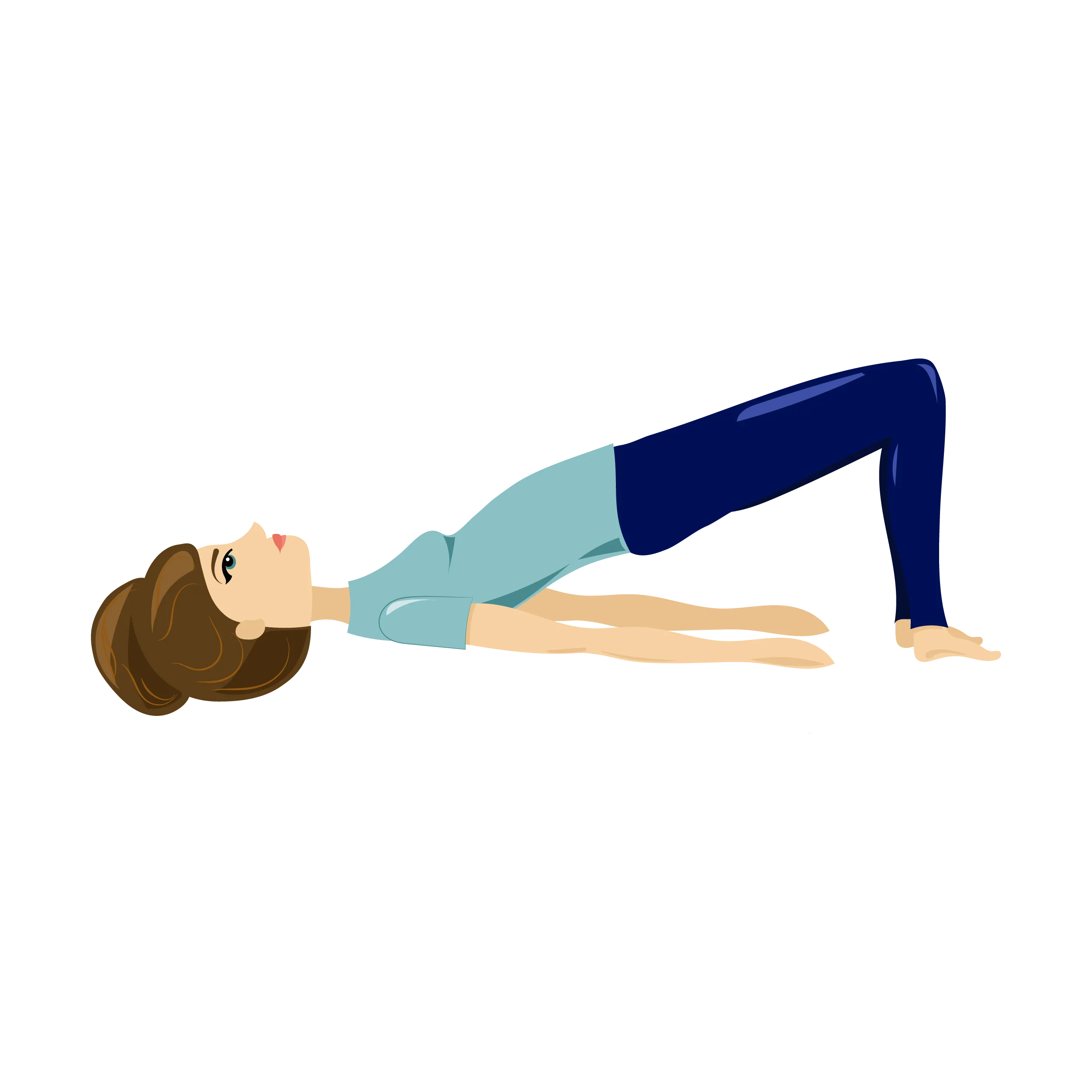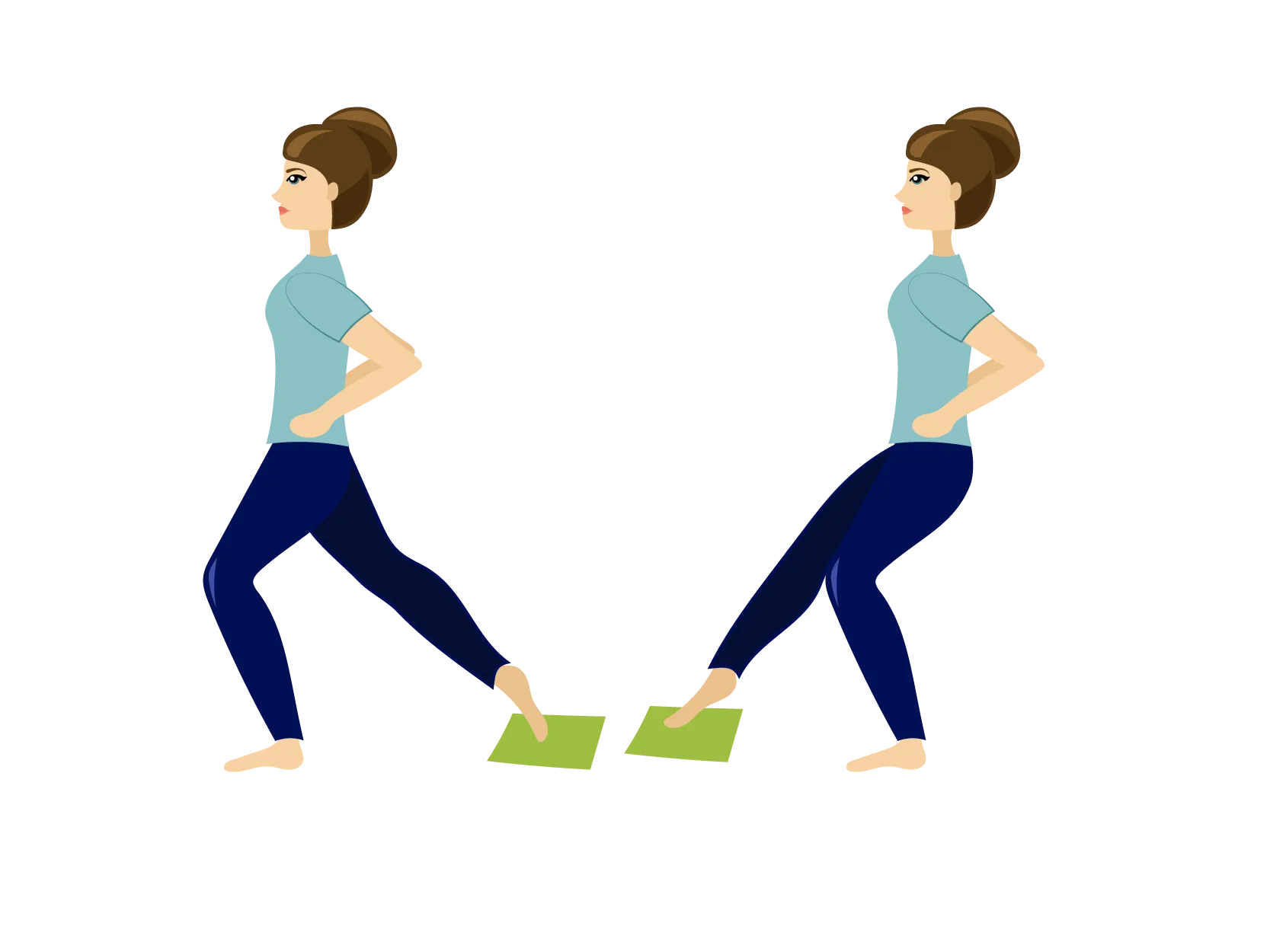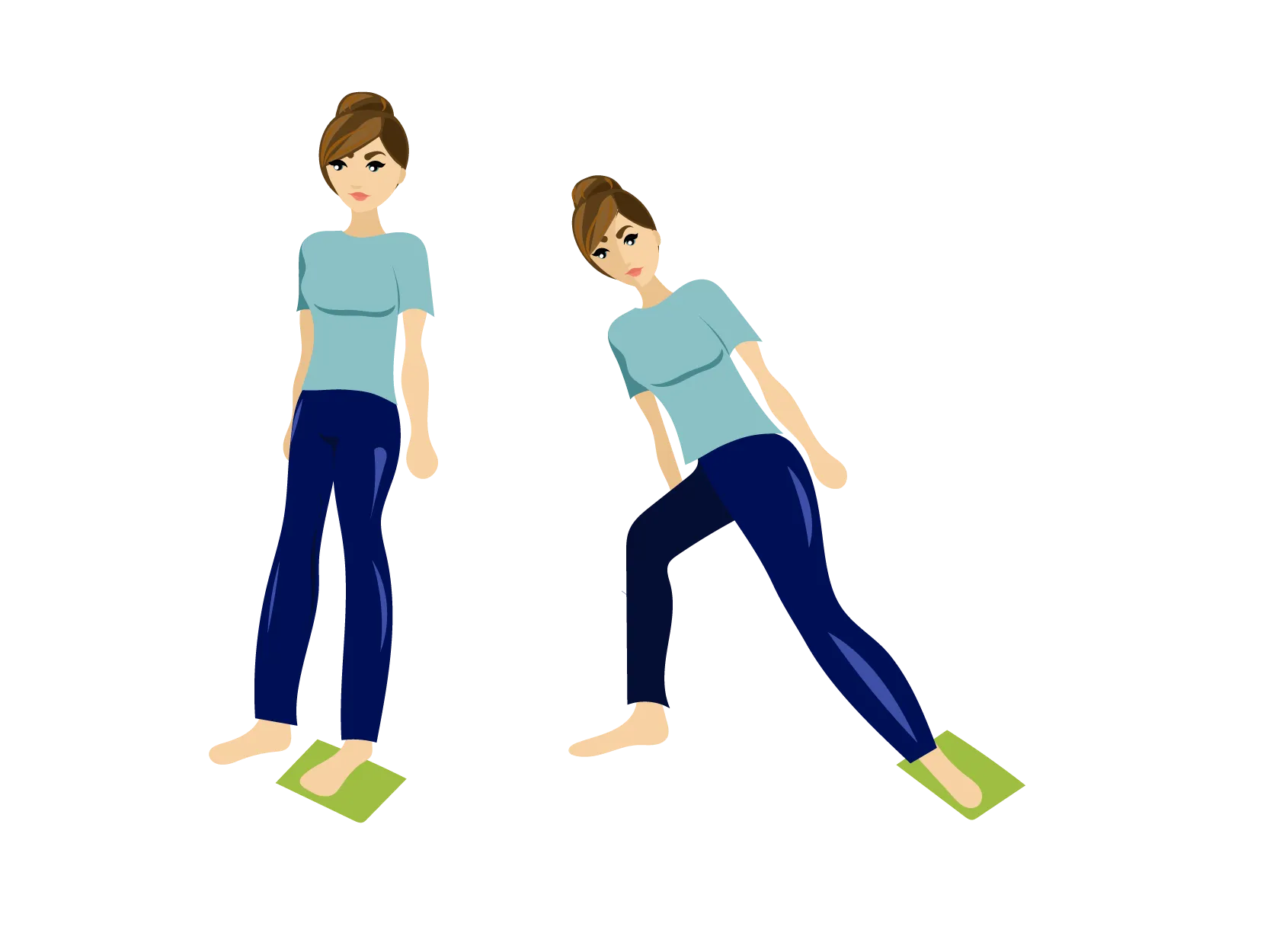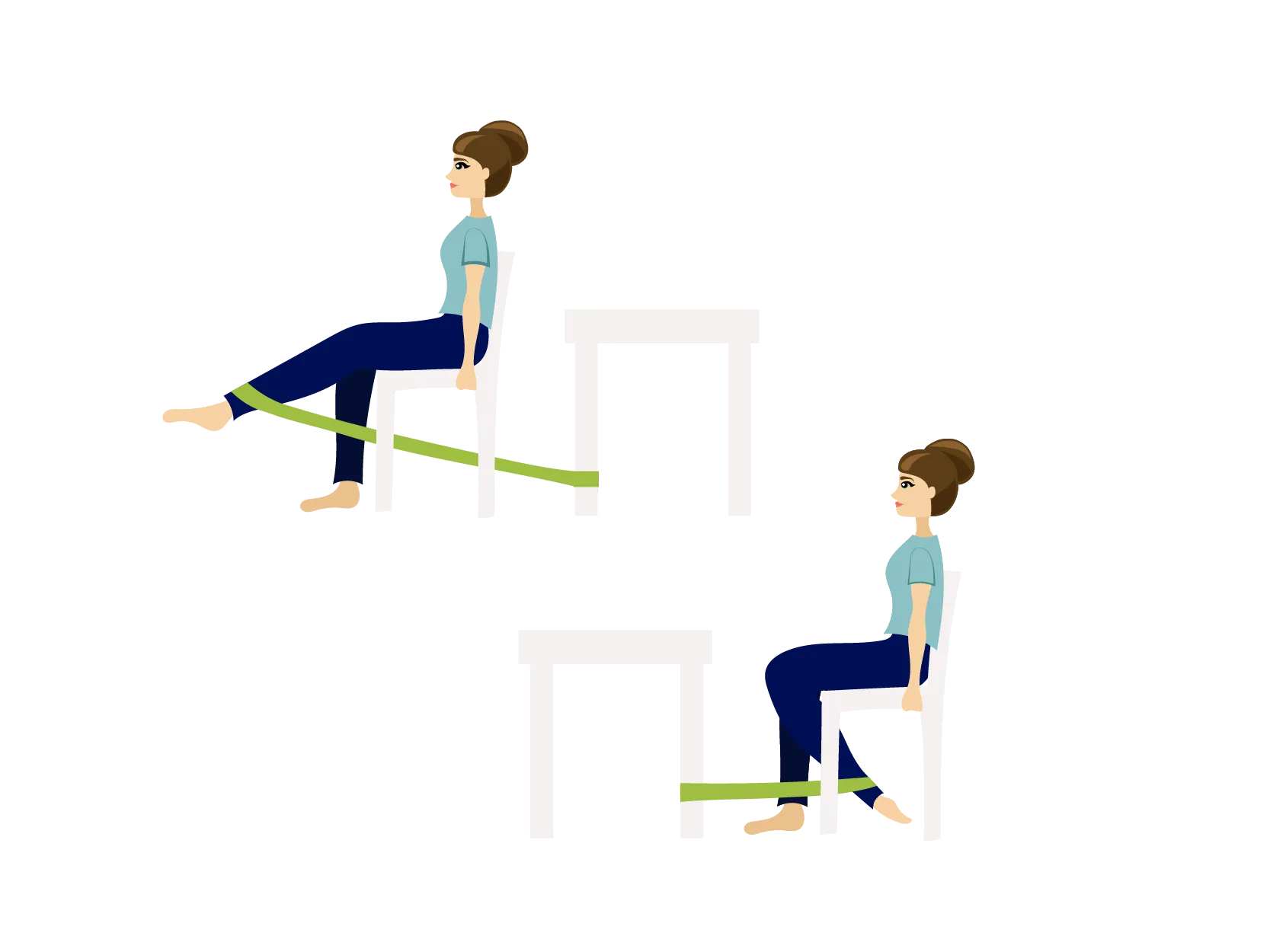Cause and symptoms
Osteoarthritis/osteoarthritis is a common age-related condition that occurs due to changes in the cartilage. In some cases, the condition can occur more quickly if you have previously had an injury to the knee or you have had surgery in the area.
The joint surfaces of the bones that make up the knee joint (femur, tibia and patella) are covered with cartilage. The purpose of the cartilage is to reduce the load on the joint surfaces. If you have osteoarthritis, it means that the cartilage no longer functions optimally as a shock absorber, and you may therefore experience pain around the joint.
The symptoms of osteoarthritis in the knee can be stiffness and reduced mobility in the knee (difficulty bending and stretching). In addition, you may experience pain when the knee is loaded for a long time (walking, standing, running). The symptoms are usually worst in the morning, or if you are about to start after a long period of rest.
Osteoarthritis is a chronic condition and cannot be cured. However, you can improve the conditions of the knee joint and thereby reduce your pain and discomfort in the knee.
What you can do yourself
It is important that you find a good balance between activity and relief. In this way, you can maintain your activity level and your physical fitness and avoid inactivity.
You should limit the activities that worsen the pain (e.g. running and jumping). Instead, find other activities so that you can continue to be physically active - this can be, for example, walking, cycling or swimming/aqua aerobics. These activities are good, as the strain on the knee is less.
For daily tasks such as cleaning and cooking, you may need to take one or more breaks to be able to complete the activity.







